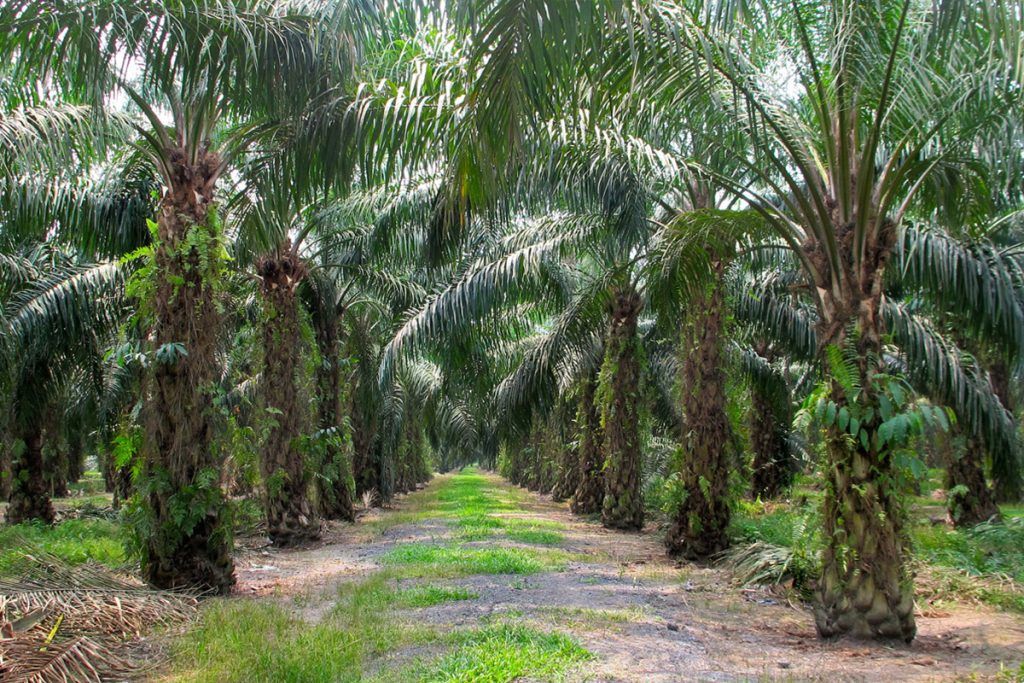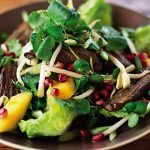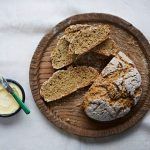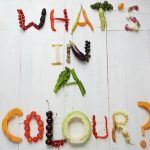Palm oil is often thought of as a “dirty” product, conjuring up images of deforestation, homeless orangutans and heart-clogging processed food.
It’s in thousands of the products we eat on a daily basis (such as chocolate, cake, biscuits, bread and any others requiring a fat component and a long shelf life), and up until recently, has been labelled as “vegetable oil”, meaning its presence in our food is often unknown.
While there are reasons behind the negative connotations, the subject of palm oil is far more complex than many of us realise. In this post, I aim to advise you how to make the right choices when it comes to buying food that contains this controversial ingredient.
WHERE DOES PALM OIL COME FROM?
Palm oil is produced in a variety of tropical countries, including parts of Africa, Indonesia and Malaysia. In fact, Malaysia has been producing palm oil for the longest – palm oil is to Malaysia what olive oil is to Italy or Greece.
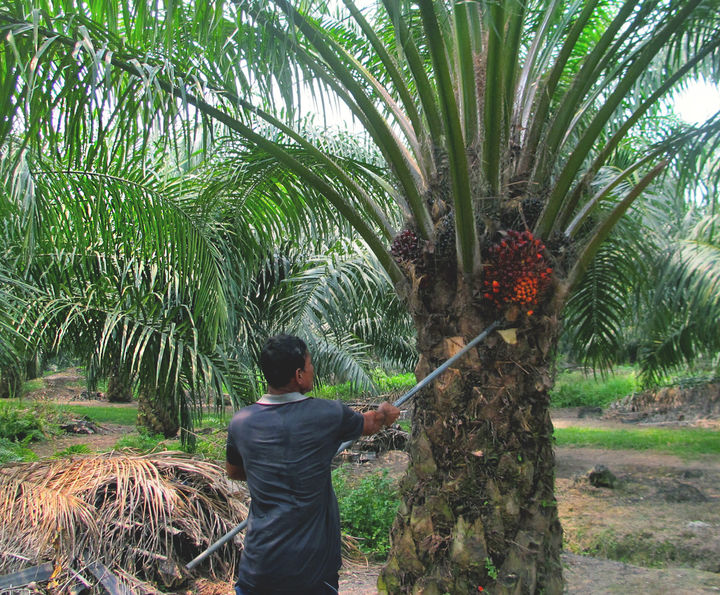 Harvesting of ripe palm kernels by hand
Harvesting of ripe palm kernels by hand
WHAT EXACTLY IS PALM OIL, ANYWAY?
Palm oil is a nutritious, rich vegetable oil, which is extracted from the fruit of the oil palm tree. It’s a partly-saturated fat containing a higher amount of saturates than olive oil, but fewer than butter, and is a mainstay in the Southeast Asian diet, used in everyday cooking.
It’s made by heating and crushing the ripe fruit of the oil palm tree, allowing a bright orange carotene-rich oil to be extracted. The reasons for its enormous popularity in the food industry include: its amazing concentration, exceptional multi-purpose properties, resilience against rancidity – and, of course, its low production cost.
Palm oil is even full of beneficial properties that can help towards preventing cancer and degenerative diseases; substances such as vitamin E, phenolics and carotenoids are extracted from palm oil for use in the medicine and supplements industries.
SO WHY ALL THE FUSS?
The controversy starts with the way palm oil is planted. The oil palm tree is suited to a wet, tropical climate and rich soil. For this reason, rainforests are cleared when a plantation is initially set up.
There are two main methods for clearing a rainforest. One is to use bulldozers to plough through trees and plants, leaving the soil ready for planting oil palm. The other is to burn them down. Burning a forest is a dangerous and destructive activity, leading to enormous amounts of smoke, and destroying every animal in the path of the flames. It can get out of hand and fires can spread, further expanding the problem.
The controversial method of burning forests is outlawed in Malaysia, as the country strives to brand itself an ethical producer of palm oil. It is also implementing rules around the amount of forest that can be cleared for oil palms, and is ring-fencing high value forests for protection and preservation.
Once planted and grown, oil palm trees are simple and clean to manage, and only require basic harvesting methods, resulting in employment for thousands of people. Plantations can vary in size, from a smallholder farmer who owns his own plot of land, to a corporate plantation which operates thousands of acres and provides mass employment. On most plantations, a loyal buffalo and cart is still the most common way of transporting the fruit from the tree to the truck.
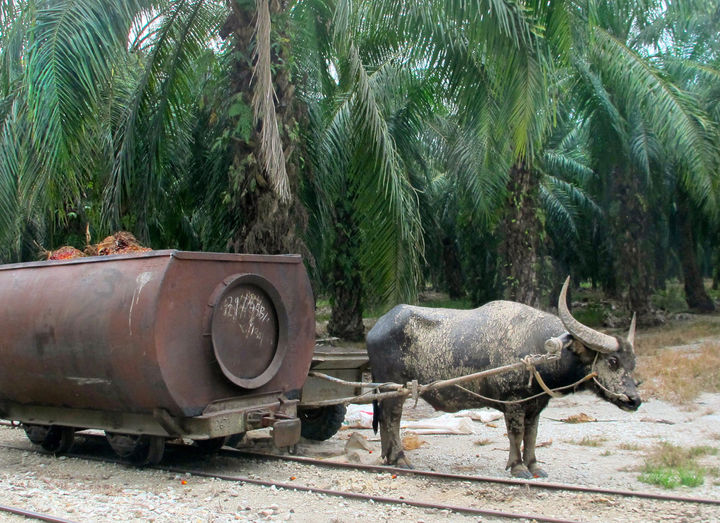 Buffalo and small railways are used to collect and transport ripe fruits on a farm
Buffalo and small railways are used to collect and transport ripe fruits on a farm
UNDERSTANDING YOUR FOOD LABELS
So how can we know if we’re making responsible choices when it comes to buying products that contain palm oil? There is a scheme called the Roundtable on Sustainable Palm Oil which assesses and certifies certain palm oil as sustainable (based on the producer’s farming practices and the ethical treatment of its workers).
Some large multinational processed food companies do buy oil traceable to these producers. Others purchase “GreenPalm” certificates – meaning that their oil is not actually sustainable, but they’ve bought a certificate indicating that they’re helping to fund and encourage responsible production instead (this comes at a lower cost than actually buying responsibly produced oil). This GreenPalm scheme angers NGOs, producers and others who are making more genuine efforts to use more responsibly produced palm oil, and paying the fair price for it.
Some large food manufacturers are now using only sustainably produced palm oil in their products and others, such as Unilever, have made a public commitment to do so by 2020.
Despite palm oil being in very few of the products associated with Jamie Oliver, we are passionate about driving awareness around palm oil and its issues through education, to help people to be able to make more responsible choices.
If you’re interested in buying products that contain responsibly produced palm oil, we recommend:
- Reading product labels on processed foods to see where palm oil occurs
- Looking out for logos from the RSPO, but ensuring they are not simply GreenPalm certificates
- Challenging the brands and retailers you buy from to ensure they are only using traceable, sustainably produced palm oil in their products
- Avoiding products or brands which offer no information on where or how they source their palm oil
Finally… don’t be afraid of palm oil. It’s an amazing product which can be used in a similar way to other oils such as olive, sunflower or rapeseed. We just need a bit more transparency about how it is produced and where the oil that ends up in our food has come from.
